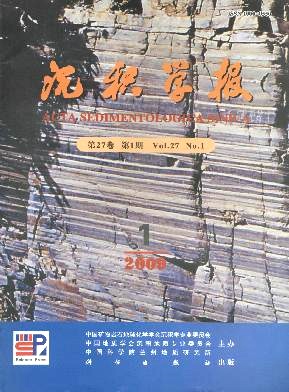Paleoenvironmental Evolution in the Inner Shelf of the East China Sea Since the Last Deglaciation
- Received Date: 1900-01-01
- Rev Recd Date: 1900-01-01
- Publish Date: 2009-02-10
-
Key words:
- paleoenvironment /
- Last Deglaciation /
- grainsize /
- inner shelf of the East China Sea /
- Core EC2005
Abstract: Based upon analysis of lithology, grainsize and AMS14C dating for Core EC2005, located in the mud area off the ZhejiangFujian coast in the inner shelf of the East China Sea, the paleoenvironmental evolution can be ascertained. The hydrodynamic conditions and sedimentary environment changed greatly which could have been an integrated result of the varieties of lacustrine water depth, sealevel and climatic changes. From the bottom 60.20 m to 41.00 m (17.3~13.1 ka BP), a lacustrine delta developed, which can be divided into three facies: prodelta, delta front and delta plain. The delta sediments are deduced to mainly from the local drainage area. The sea water arrived at the study area at 13.1 ka BP and a 41 m thick sediment formed from then on, which can be divided into three facies: foreshore, nearshore and shallow sea. The facies evolution was well corresponding to the sea level changes, the hydrodynamic conditions changed greatly also during this period. From 12.3 ka BP, the study area was influenced by ZhejiangFujian Coastal Current (ZFCC), and Yangtzederived materials had been transported southward from that time. Since 7.3 ka BP, the sedimentary environment is dominated by the ZFCC, and the homogeneous mud sedimentation began to form. The worldwide climatic events such as the Younger Dryas episode and the 8.2 ka event were well recorded in the core.
| Citation: | XU Fangjian. Paleoenvironmental Evolution in the Inner Shelf of the East China Sea Since the Last Deglaciation[J]. Acta Sedimentologica Sinica, 2009, 27(1): 118-127. |






 DownLoad:
DownLoad: